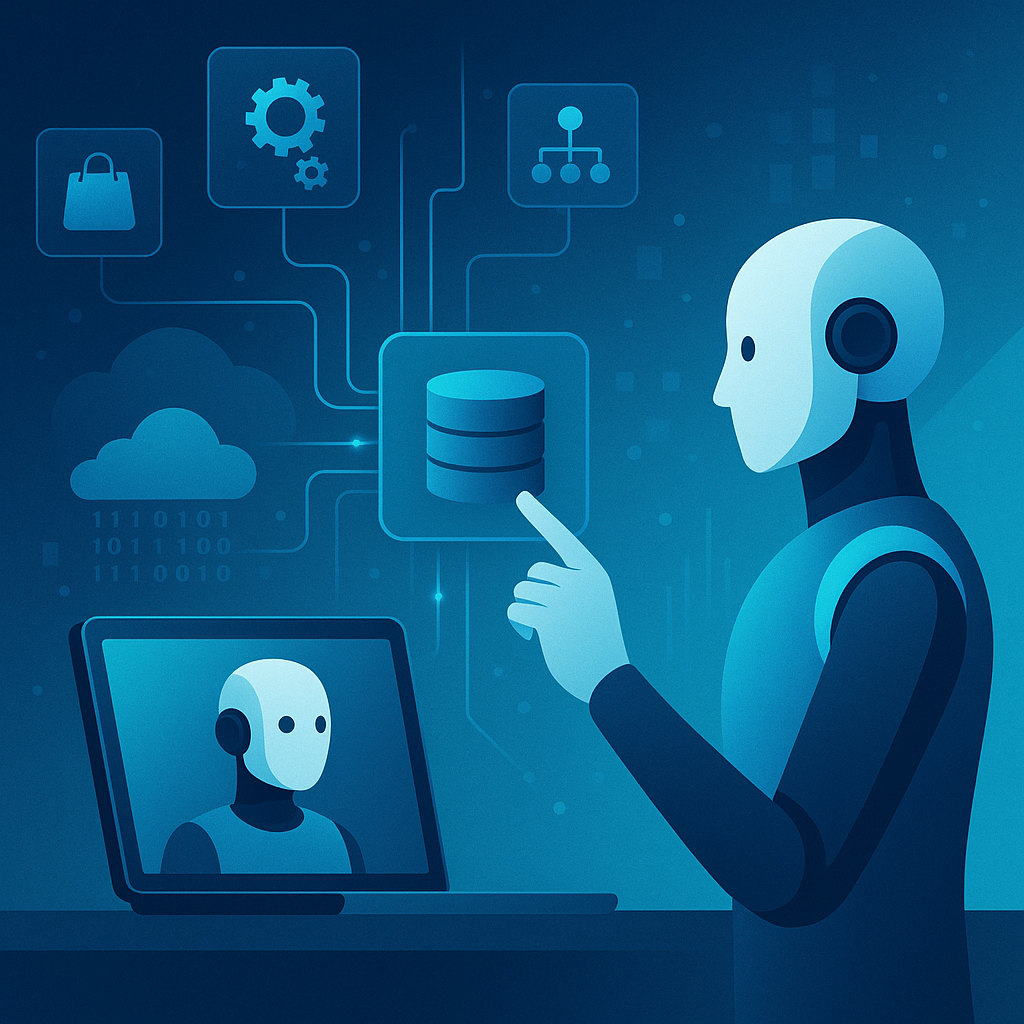Preparing Data and Technology Infrastructure for AI-to-AI Commerce
Preparing your data and technology infrastructure is foundational for enabling seamless interactions with personal AI shopping agents in the era of AI-to-AI commerce.

AI-to-AI commerce, where personal AI shopping agents interact with e-commerce platforms and their internal AI systems, demands a robust data and technology infrastructure. Preparing this infrastructure is one of the essential factors for successful AI adoption and for ensuring seamless interaction with external AI agents. This involves crucial steps related to data readiness, integration, and the underlying technological stack.
Successfully scaling AI across an organization requires transforming structures and leadership. A critical foundation for this is preparing the data and technology infrastructure.
Key aspects of preparing data and technology infrastructure for AI-to-AI commerce include:
Data Readiness and Unification:
AI systems rely on high-quality, accessible data. For e-commerce, this means ensuring product data (descriptions, specifications, pricing, attributes) is comprehensive, accurate, and consistently formatted. Crucially, it involves blending product and shopper data to create a unified view. Unifying customer data from diverse sources like online platforms, physical stores, social media, and mobile apps is a key challenge due to different formats and structures. Customer Data Platforms (CDPs) are increasingly used to consolidate customer data and make it suitable for AI.
Structured Data Implementation:
Implementing structured data markup (like schema.org) across product pages is vital for AI agents to easily interpret critical information. This makes platforms more discoverable and usable by agents.
API-First Architecture:
Developing or adapting the technology infrastructure to be API-first allows for seamless data exchange and interaction between the e-commerce platform and external AI agents. APIs enable different systems to communicate efficiently.
Minimizing Friction Points:
Addressing technical friction points that hinder AI agents, such as excessive JavaScript for critical data, CAPTCHAs, and pop-ups. The underlying code and site structure must be easily navigable and parsable by automated systems.
Scalable and Reliable Systems:
The infrastructure must be capable of handling potentially higher volumes of faster interactions initiated by AI agents. This requires scalable and reliable cloud-based services or robust on-premises infrastructure.
Integration Capabilities:
Ensuring seamless integration between the customer-facing platform and backend systems (inventory, orders, payments, CRM, ERP). This allows internal AI automation to efficiently manage workflows triggered by agent activity.
Security Measures:
Implementing robust security protocols designed for AI-to-AI communication, including potentially agent-specific authentication, to distinguish legitimate agents from malicious bots.
Preparing data and technology infrastructure is a foundational step for becoming an intelligent retailer and effectively engaging with personal AI shopping agents. It requires investment, expertise, and a focus on creating a connected, data-driven ecosystem that can support the complex interactions of the agentic e-commerce future. Leverage cloud-based AI services to reduce the need for expensive infrastructure.